
Technique: Design engraved by sandblasting on one side of the glass, while the glass remains transparent.
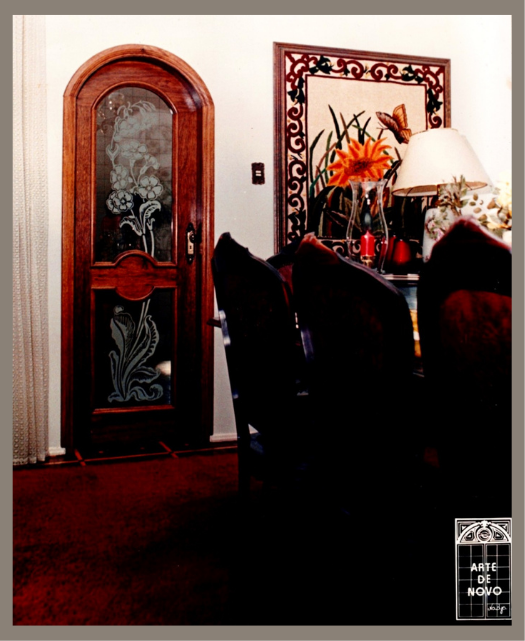
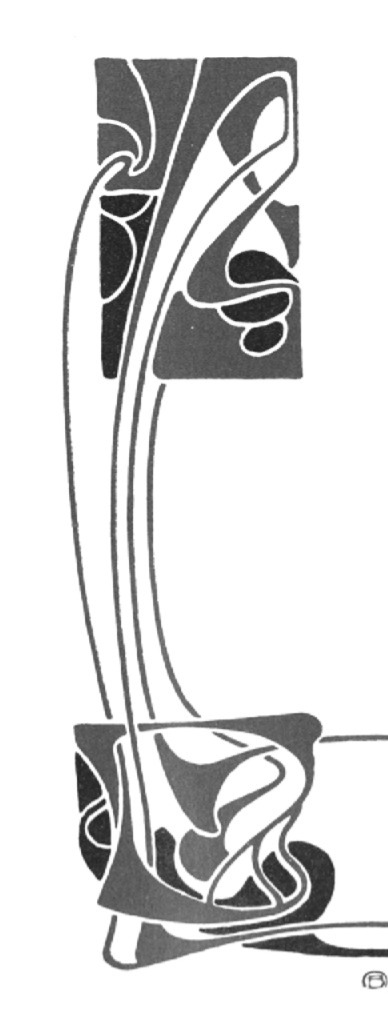
Technique: Design engraved by sandblasting on one side of the glass, while the glass remains transparent.
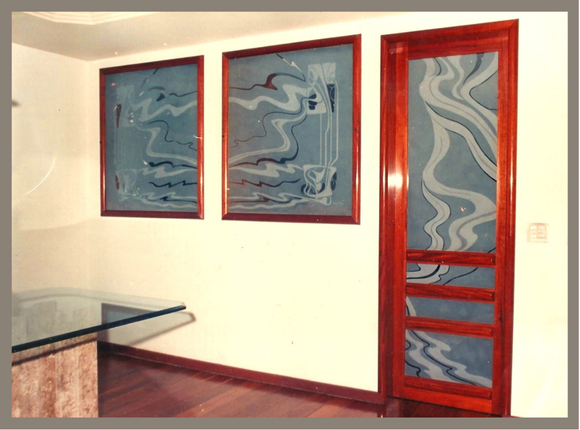

– Influence of Symbolism and Japonism – Like Art Nouveau in general, it absorbed the aesthetics of Japanese prints.
– Innovative typography and graphic design – Typography was an essential part of the style, featuring decorative lettering integrated into the overall design.
– Applied arts and architecture – Jugendstil was not limited to graphic arts; it influenced architecture, interior design, furniture, jewelry, and even urban planning.
Other Key Jugendstil Artists and Designers:
Otto Eckmann – Graphic designer and typographer, creator of influential fonts within the movement.
Peter Behrens – Designer and architect, one of the pioneers of modern industrial design.
Gustav Klimt Austrian painter, whose decorative and symbolic style became an icon of Viennese Jugendstil.
Koloman Moser – Graphic designer, illustrator, and co-founder of the Wiener Werkstätte, one of the movements derived from Jugend
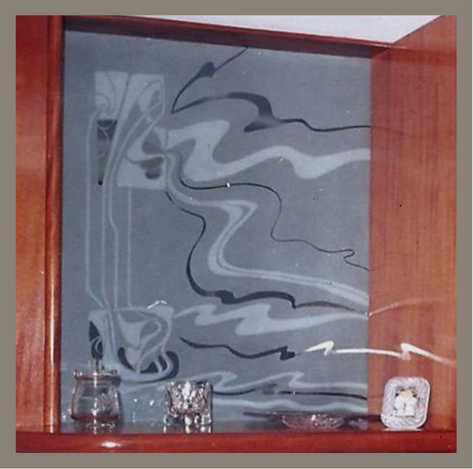
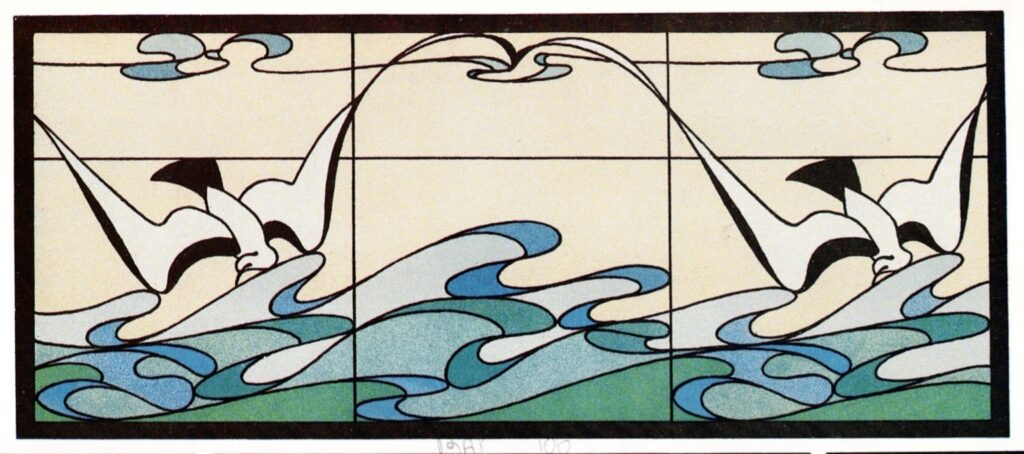
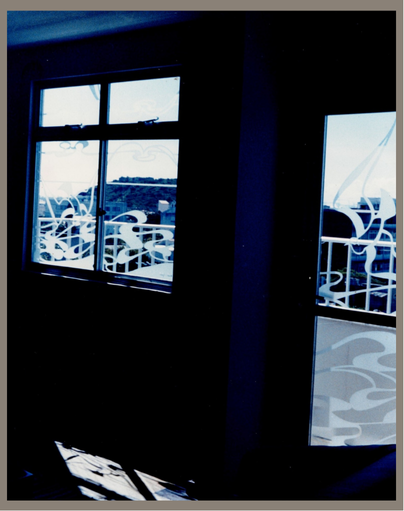

About the artist
Josef Goller (1868–1947) was a German designer and artist associated with the
Jugendstil movement, the German version of
Art Nouveau. He designed ceramics and other decorative elements, contributing to the development of applied design in Germany.He played a significant role in the transition between handcrafted aesthetics and industrial
production, maintaining a high level of refinement in his designs
